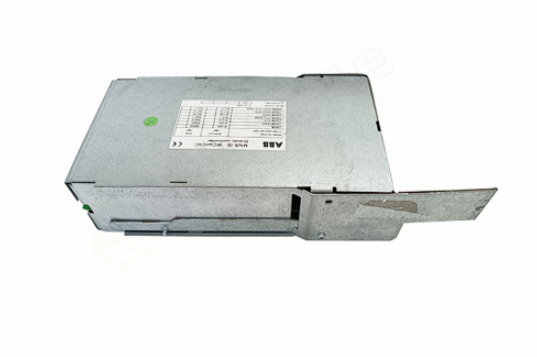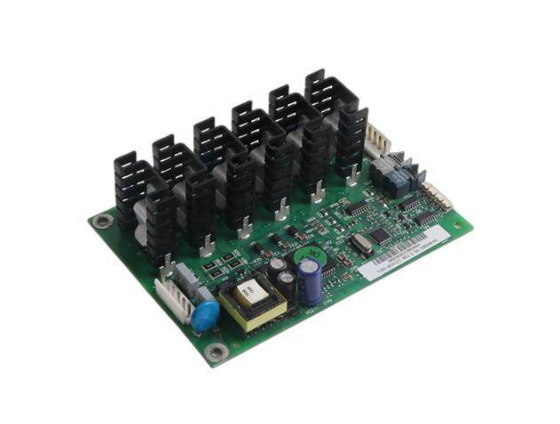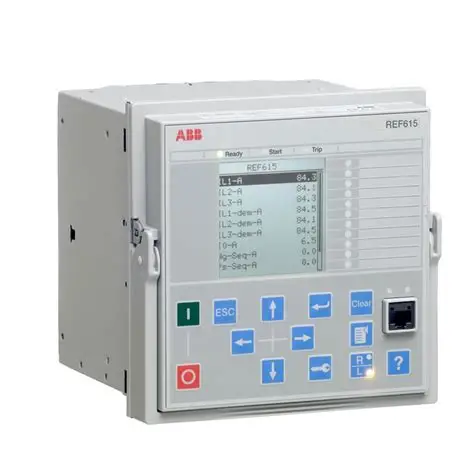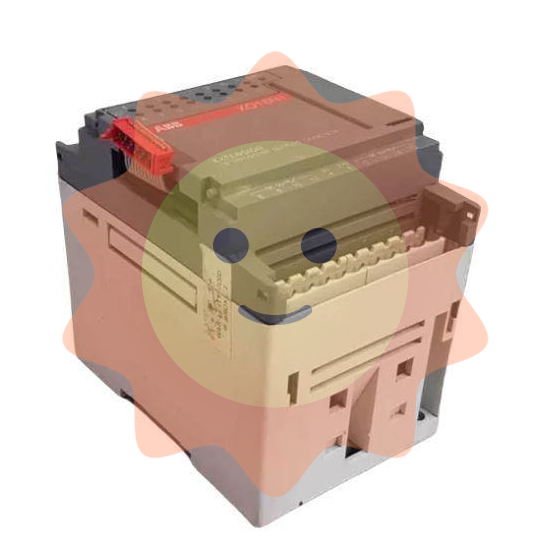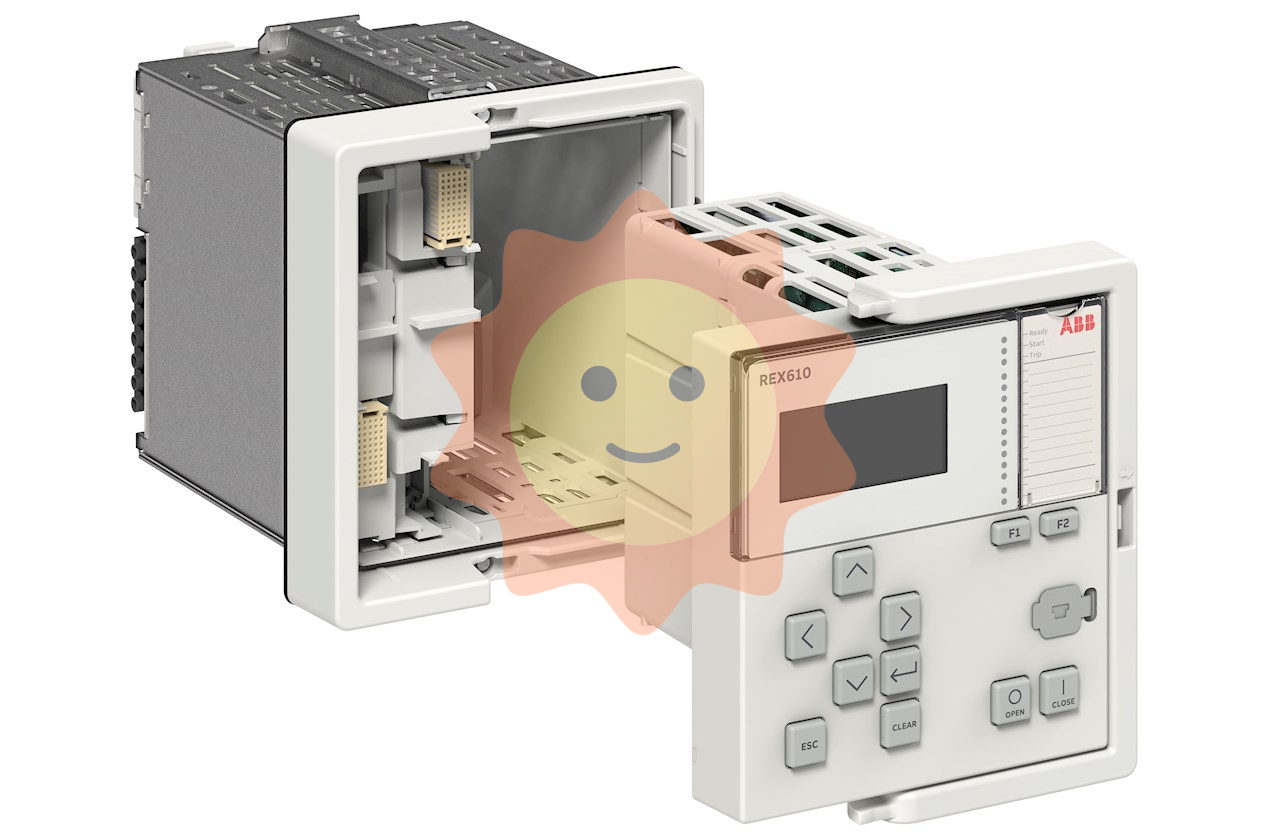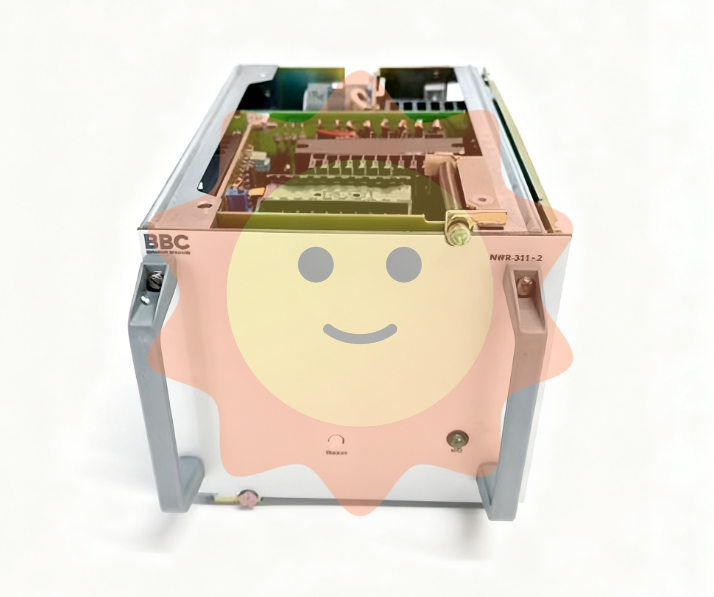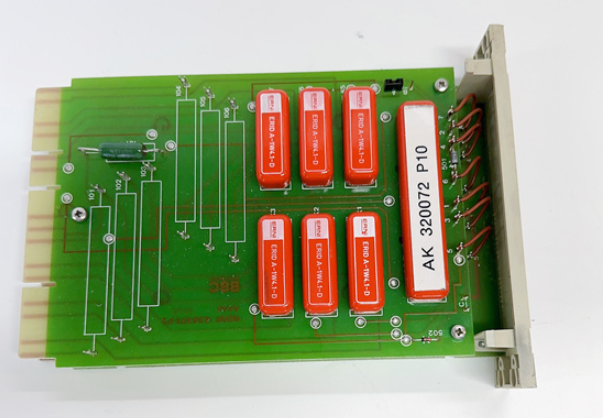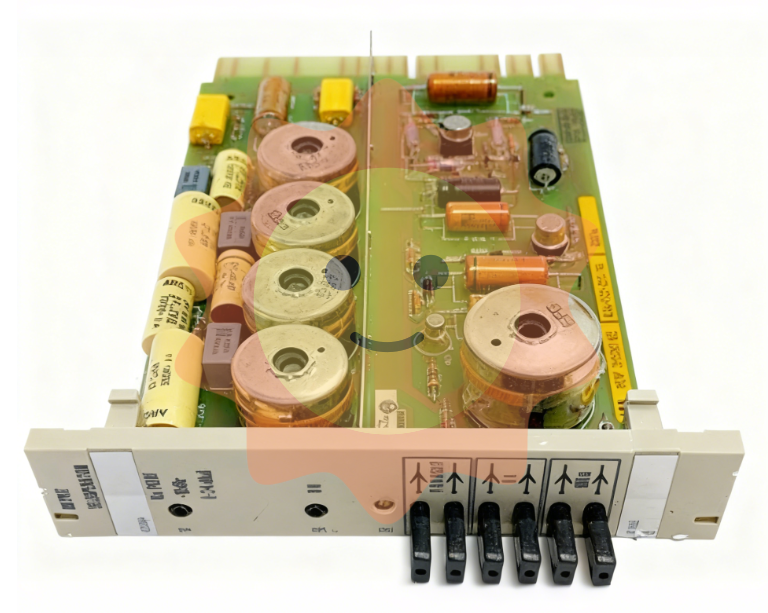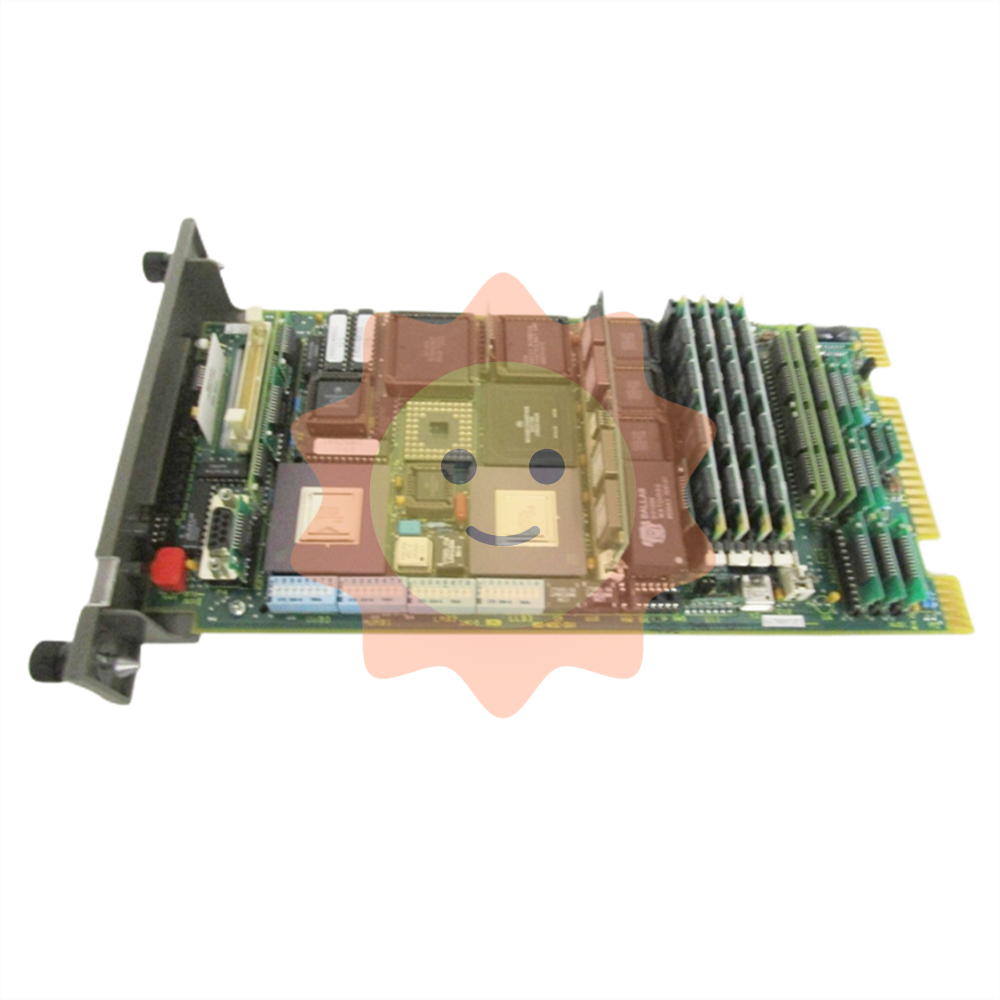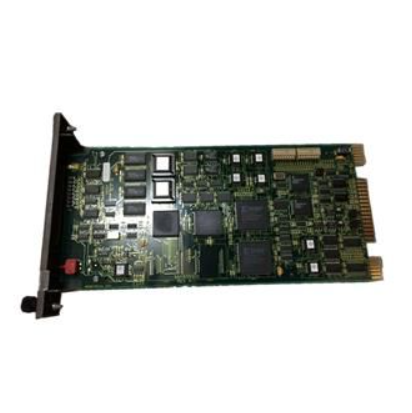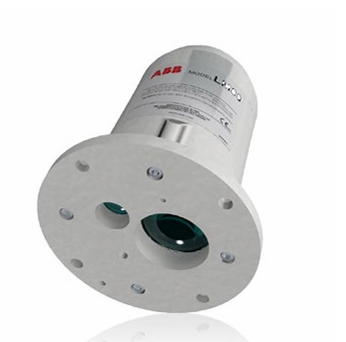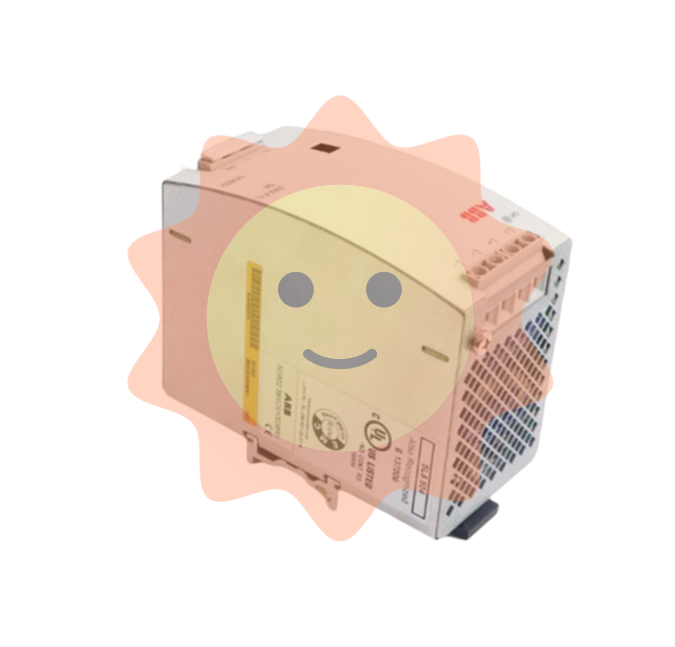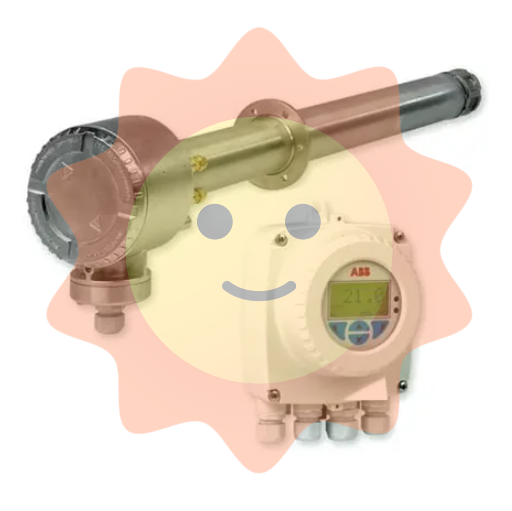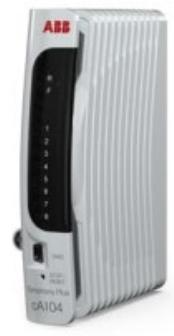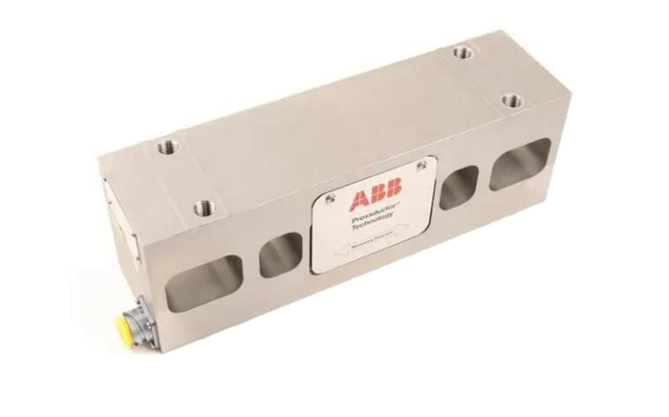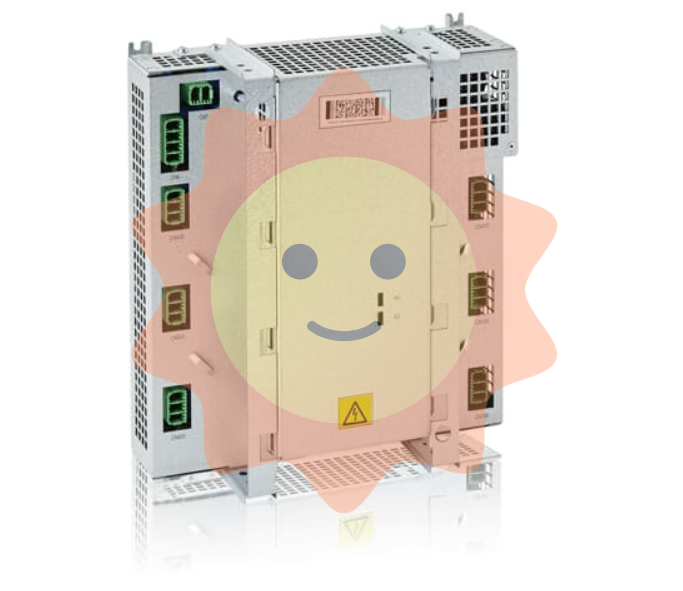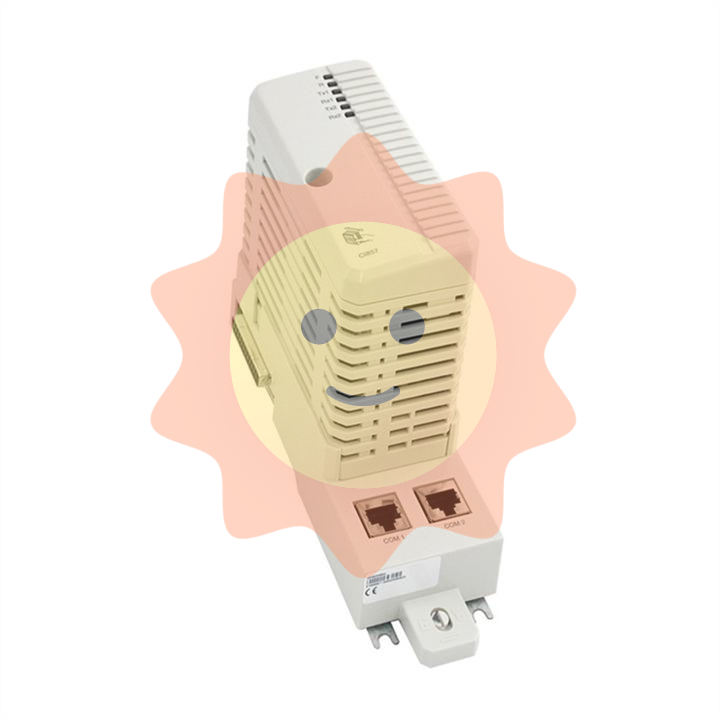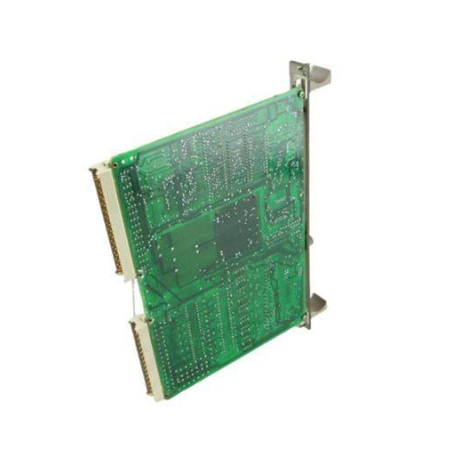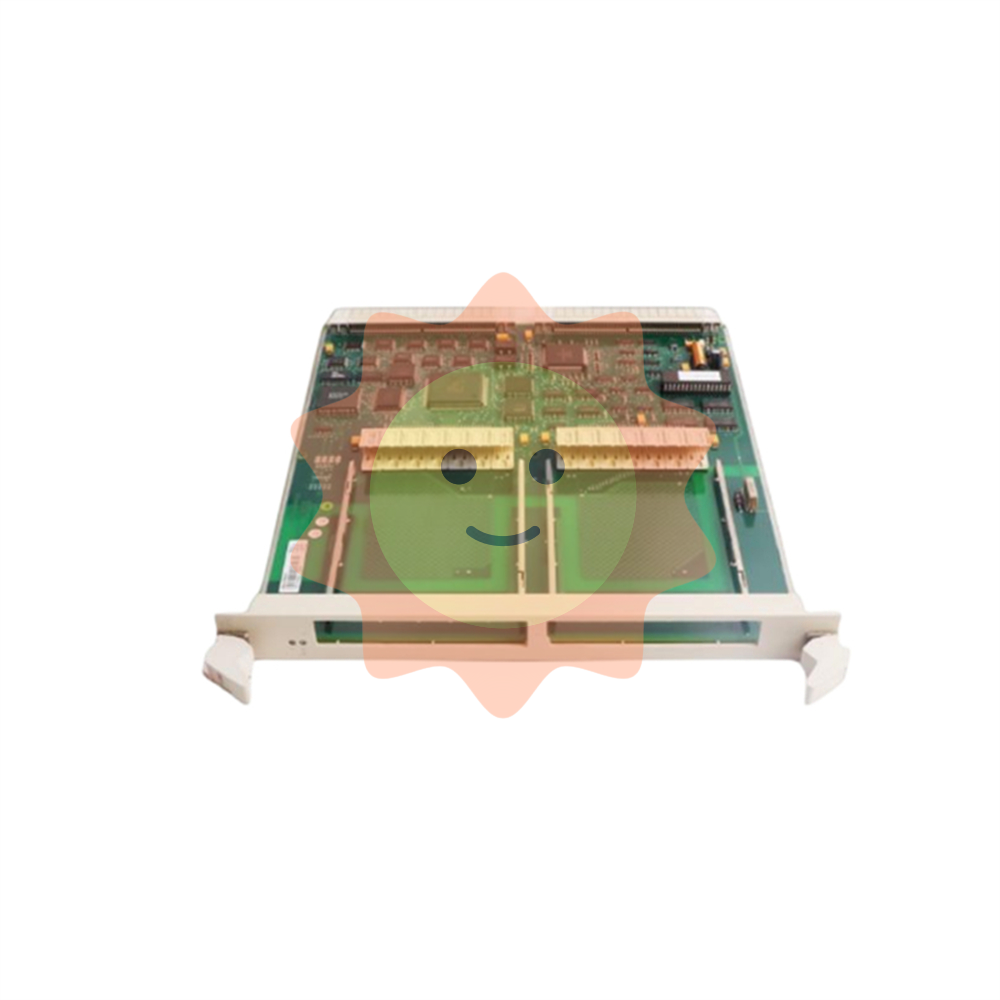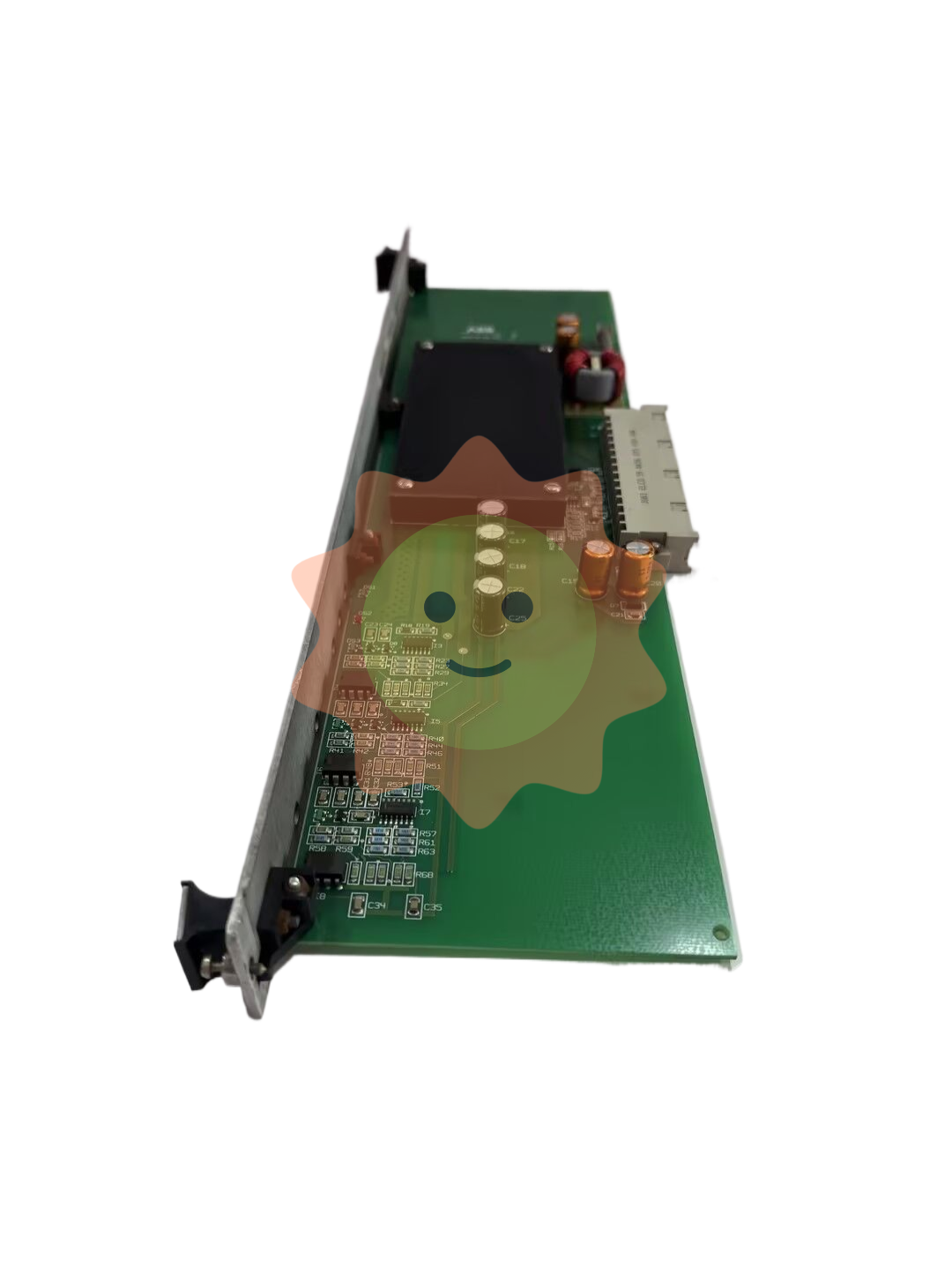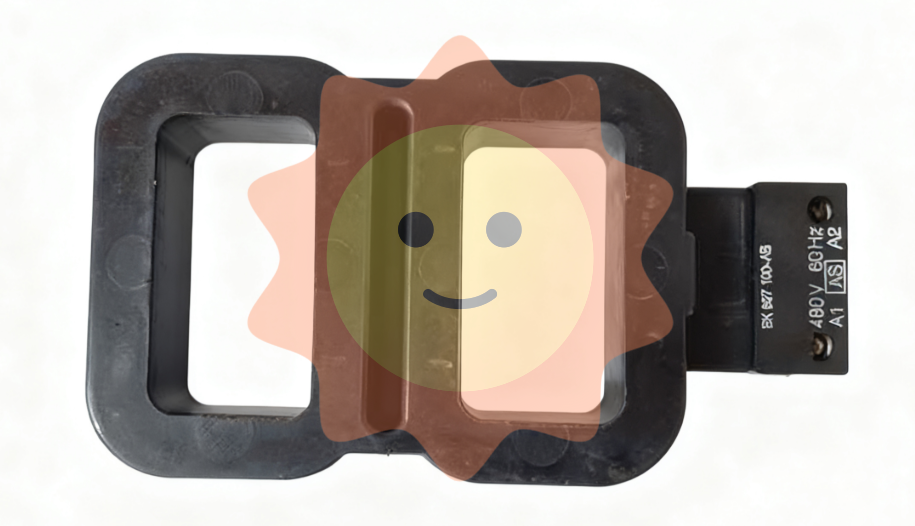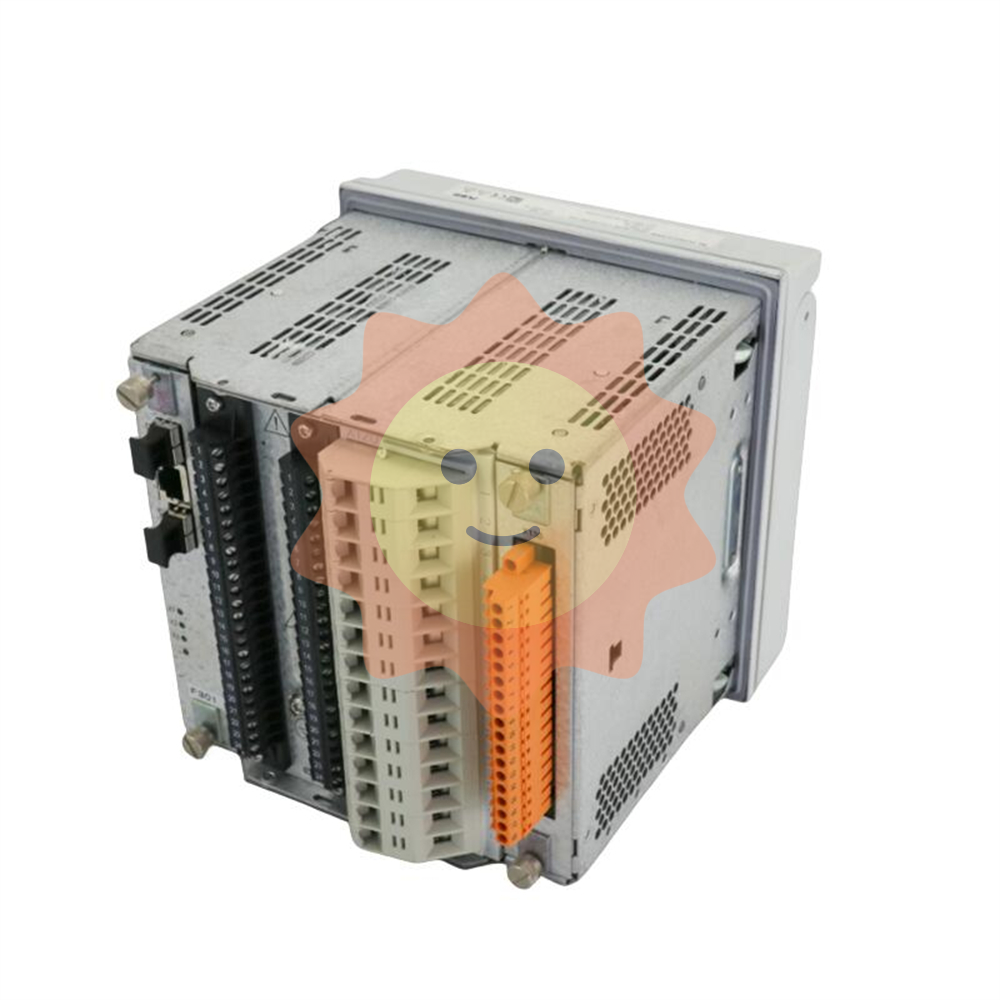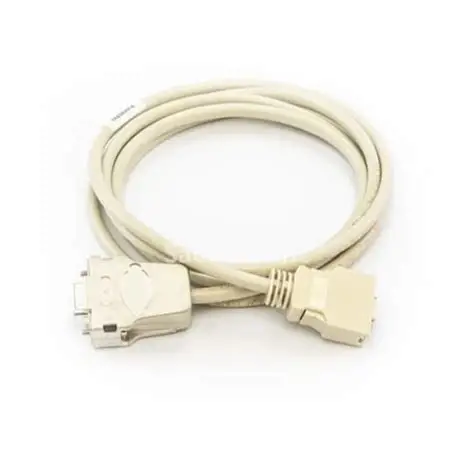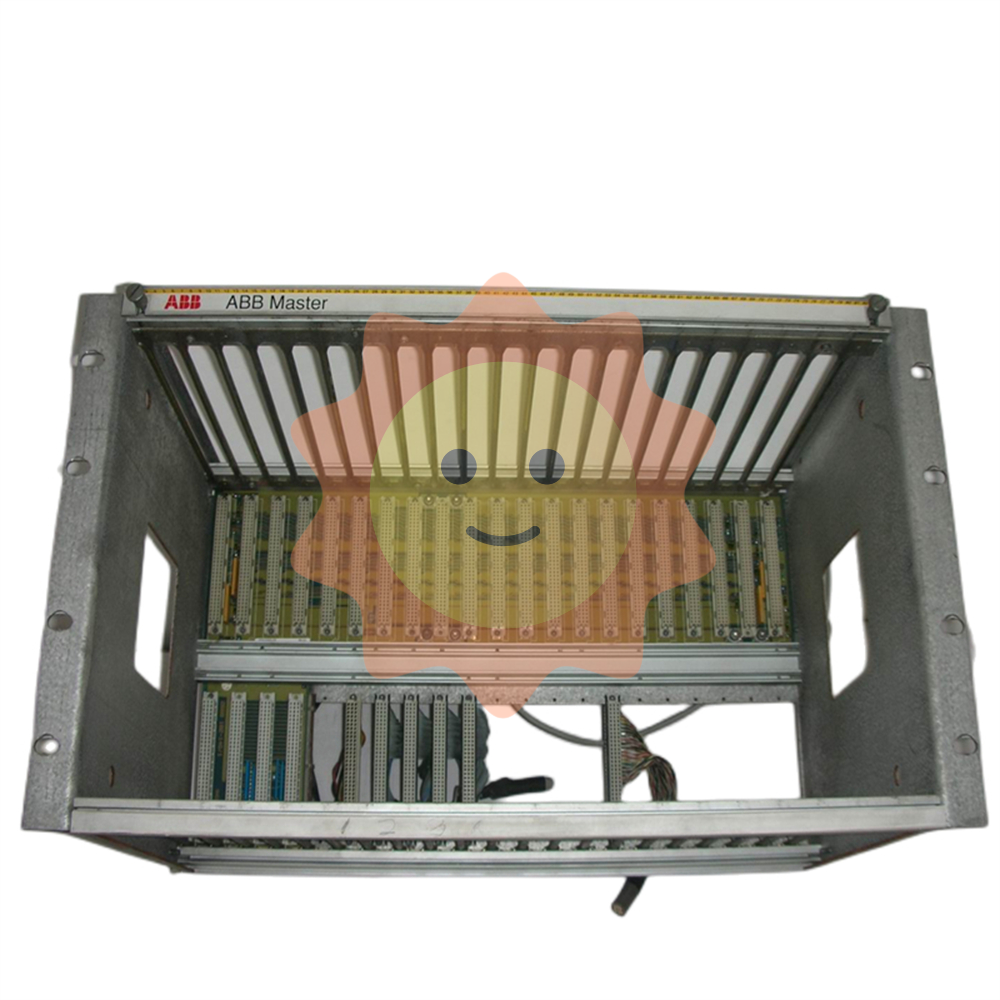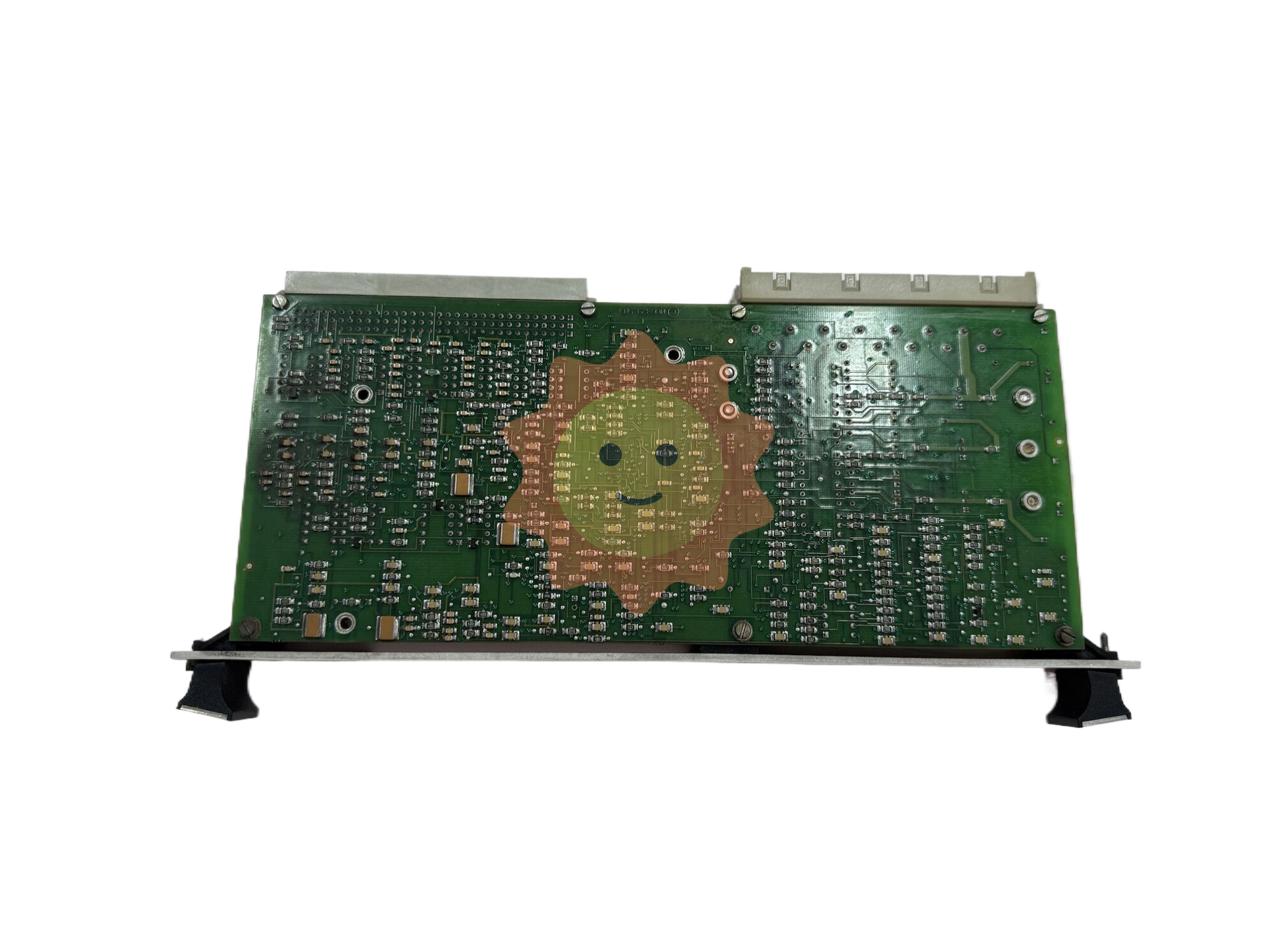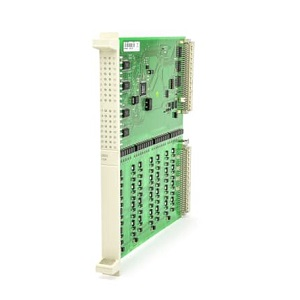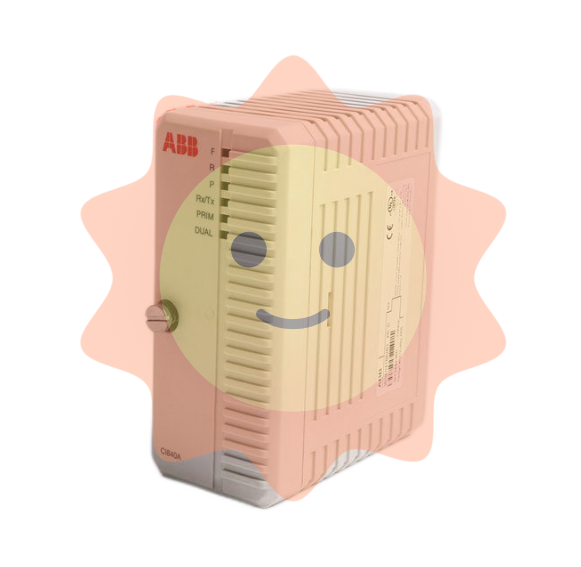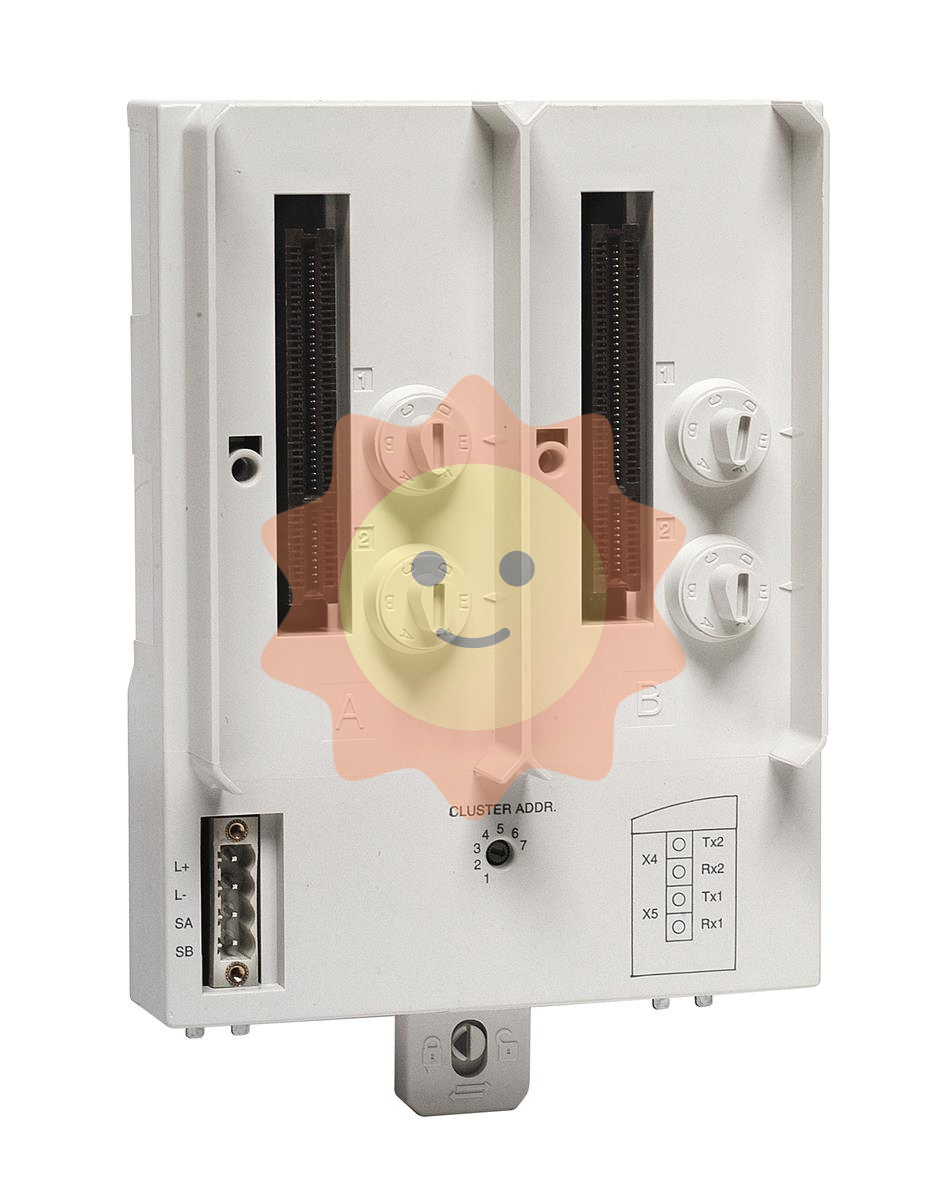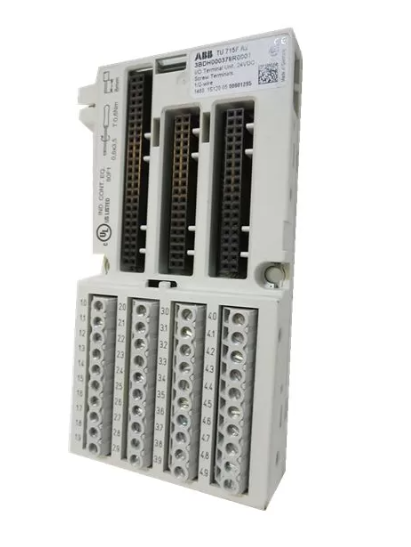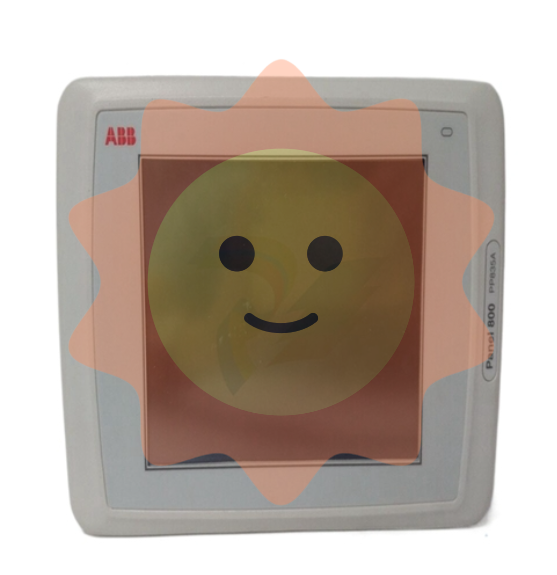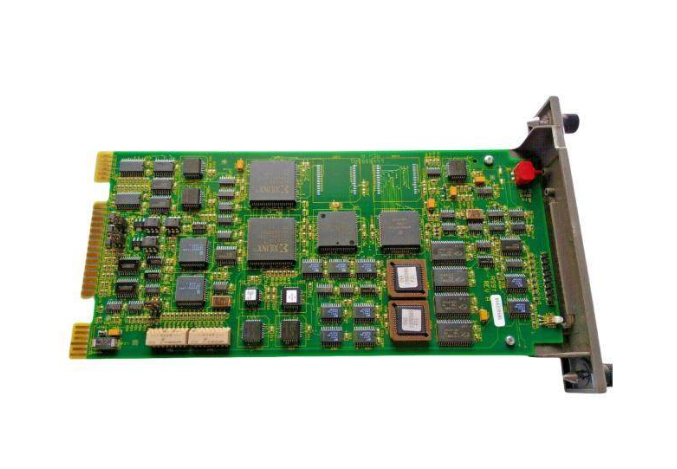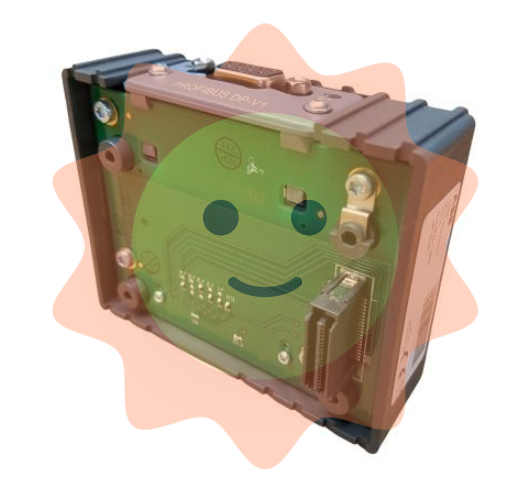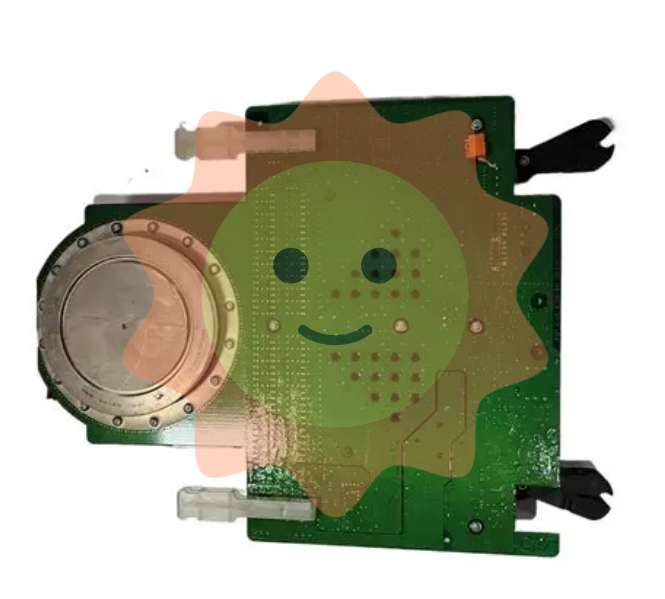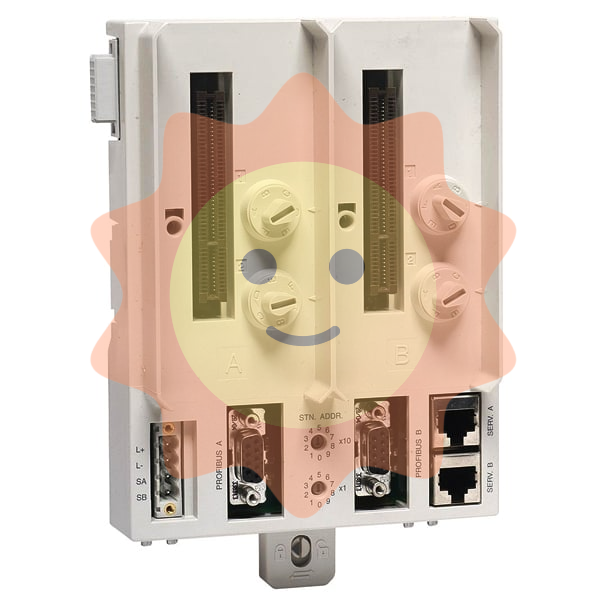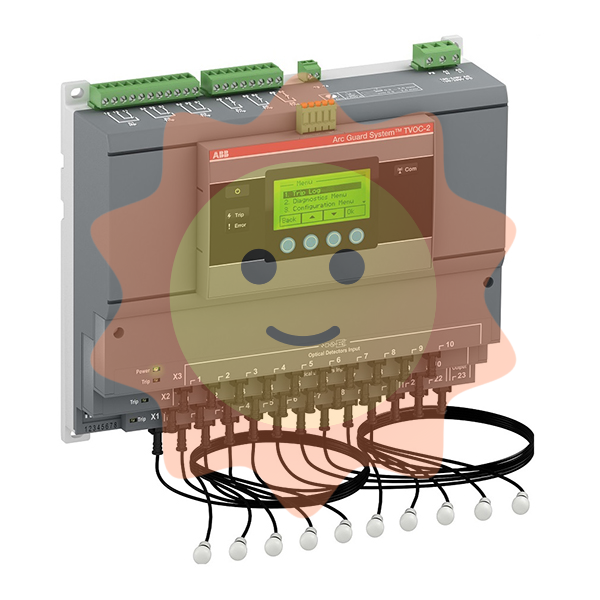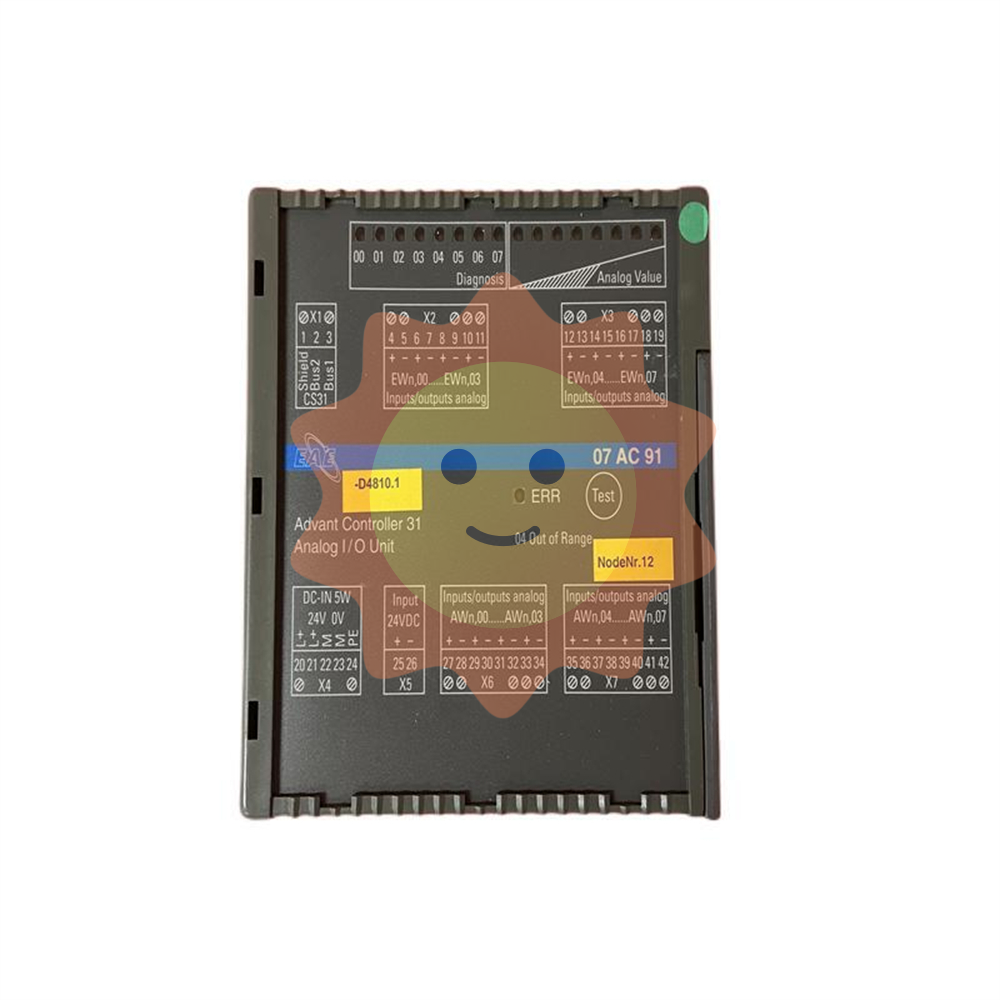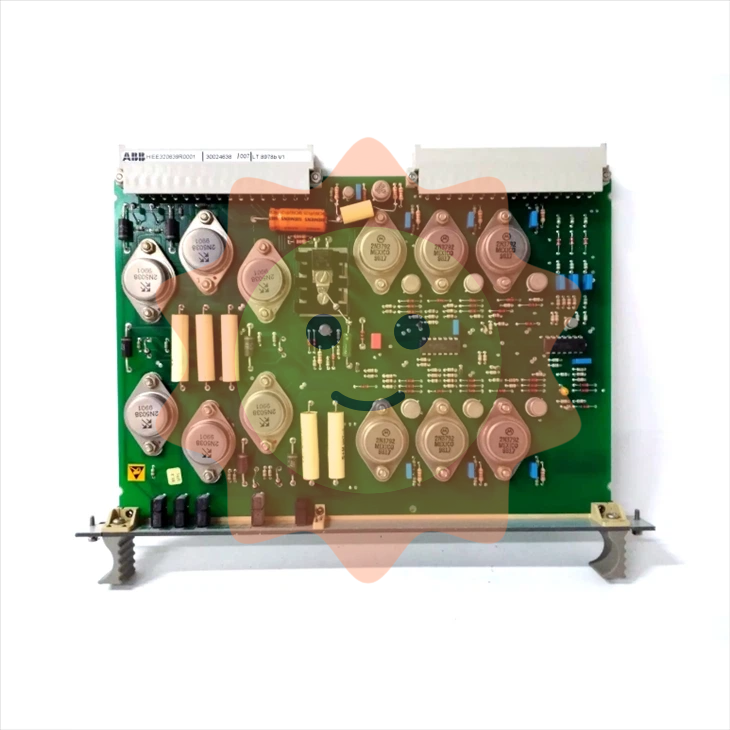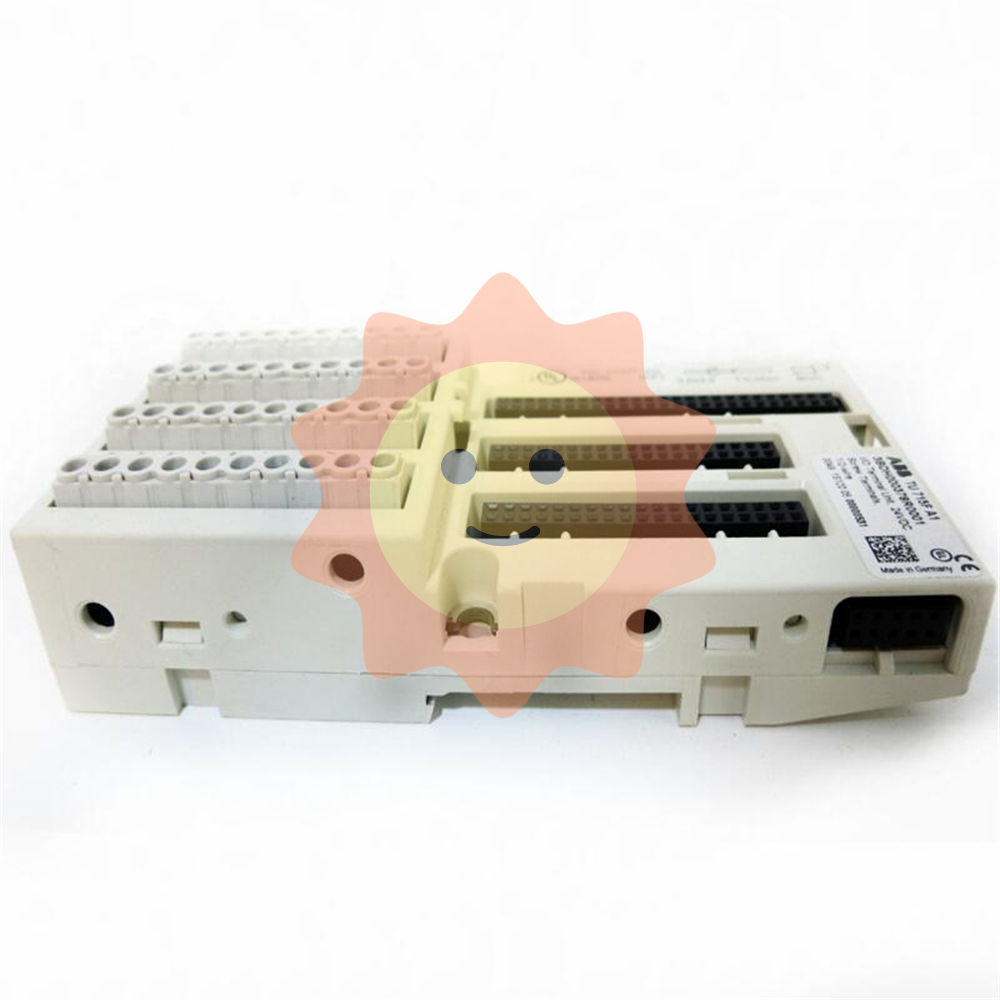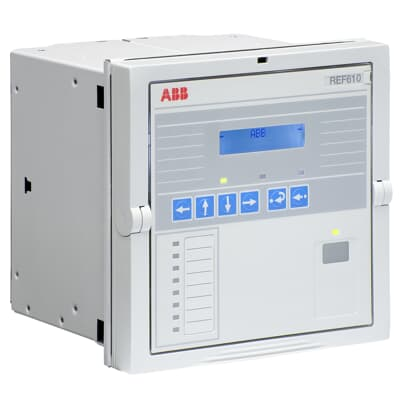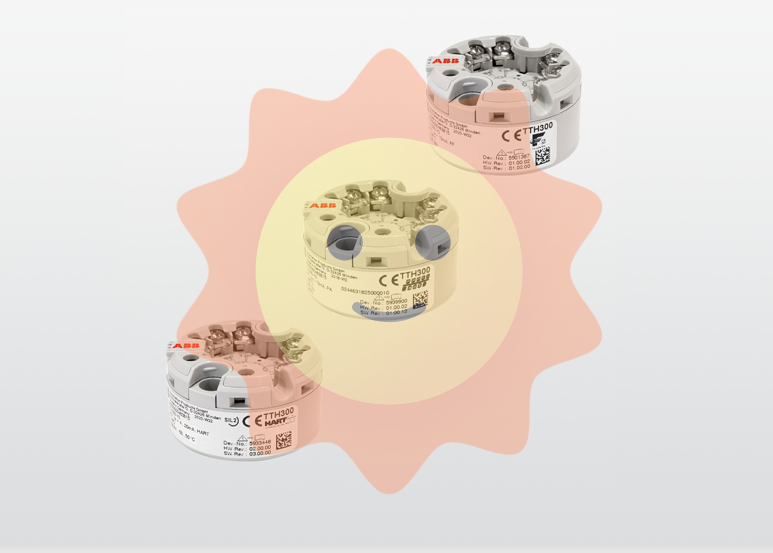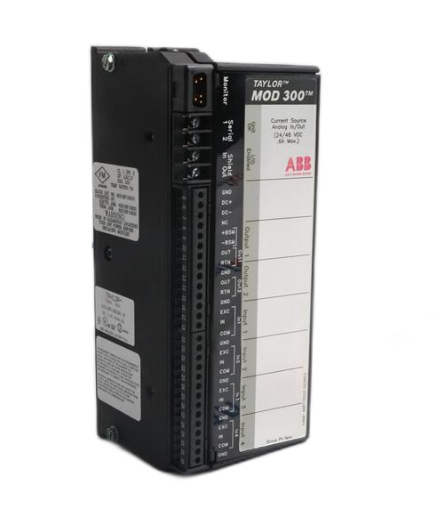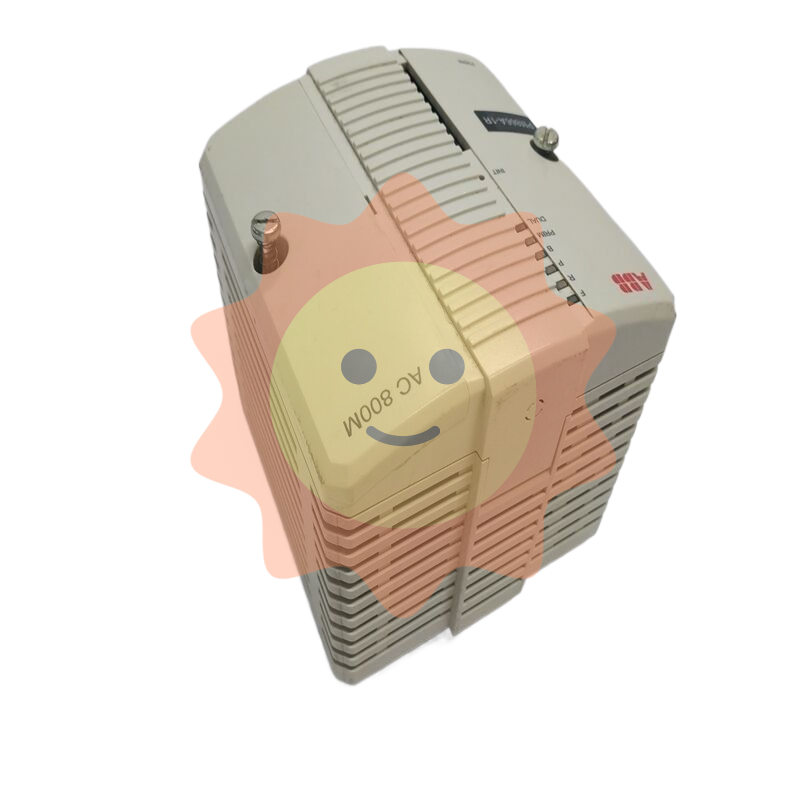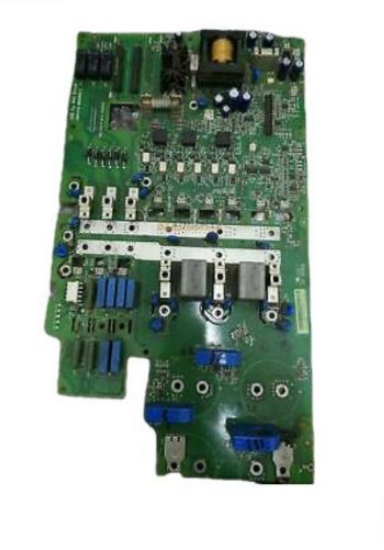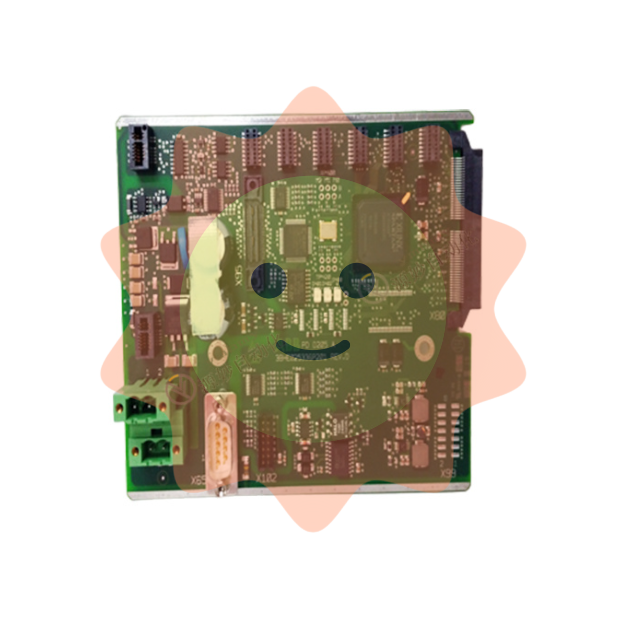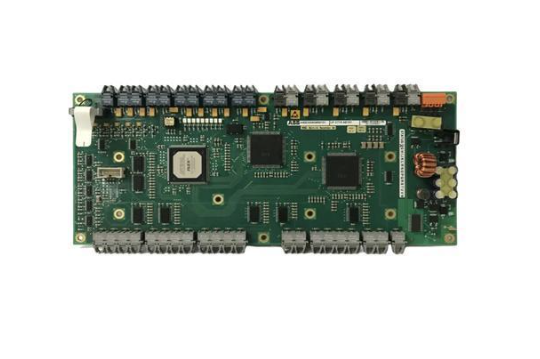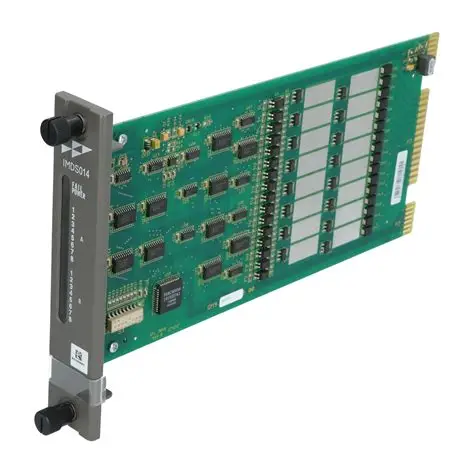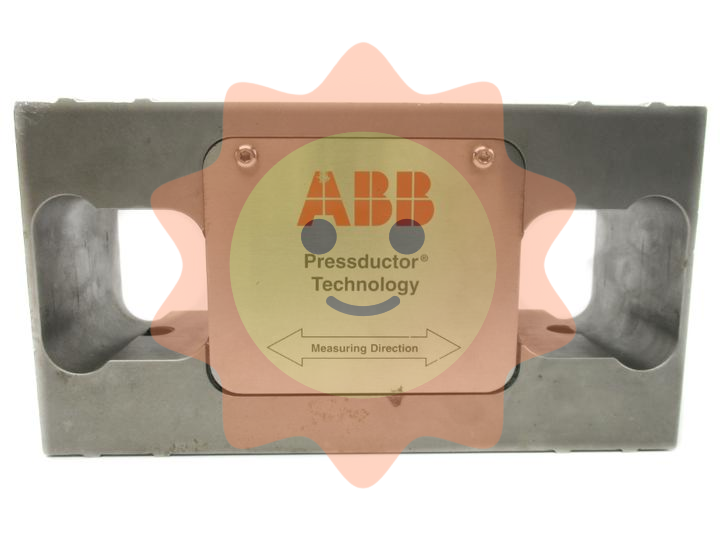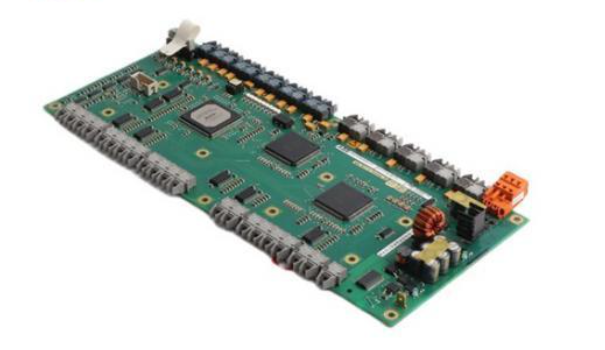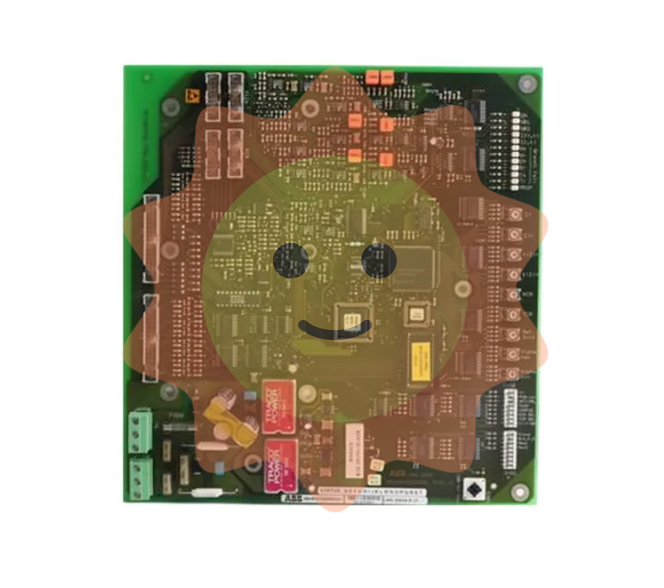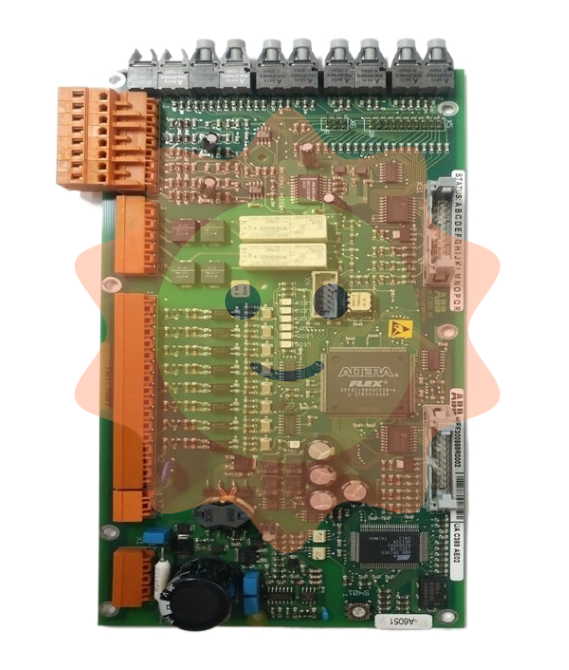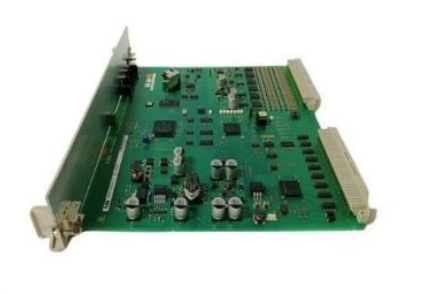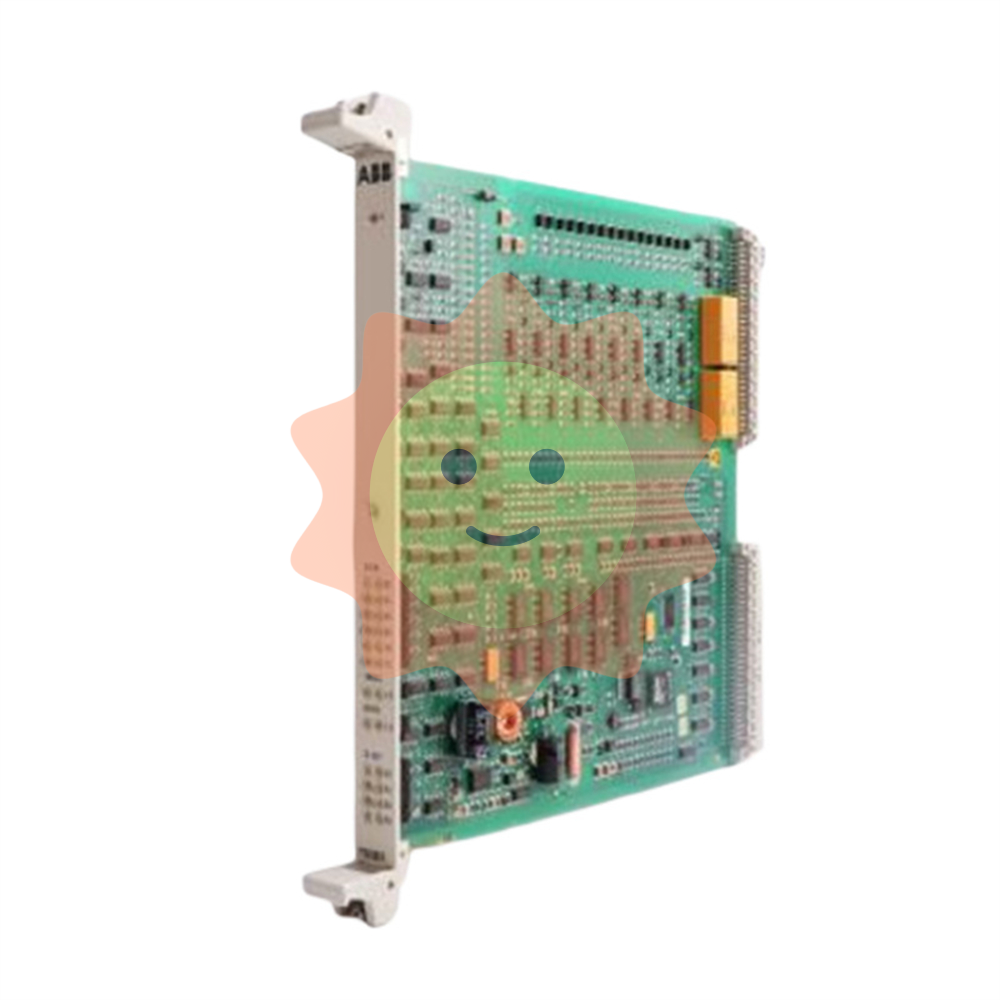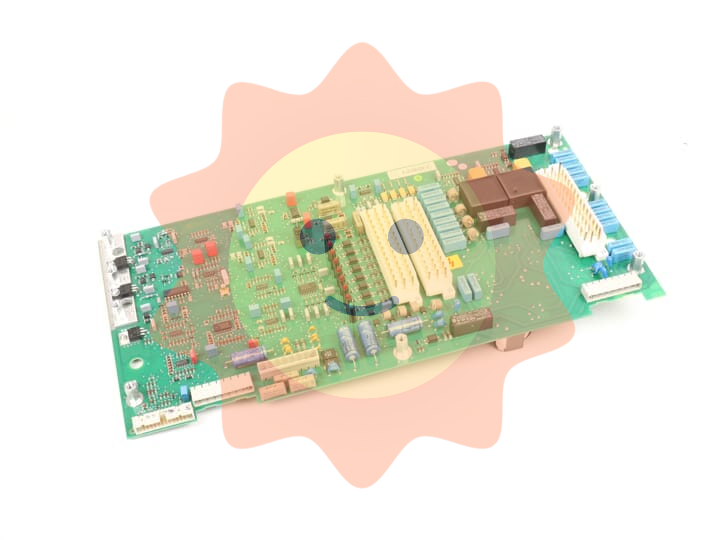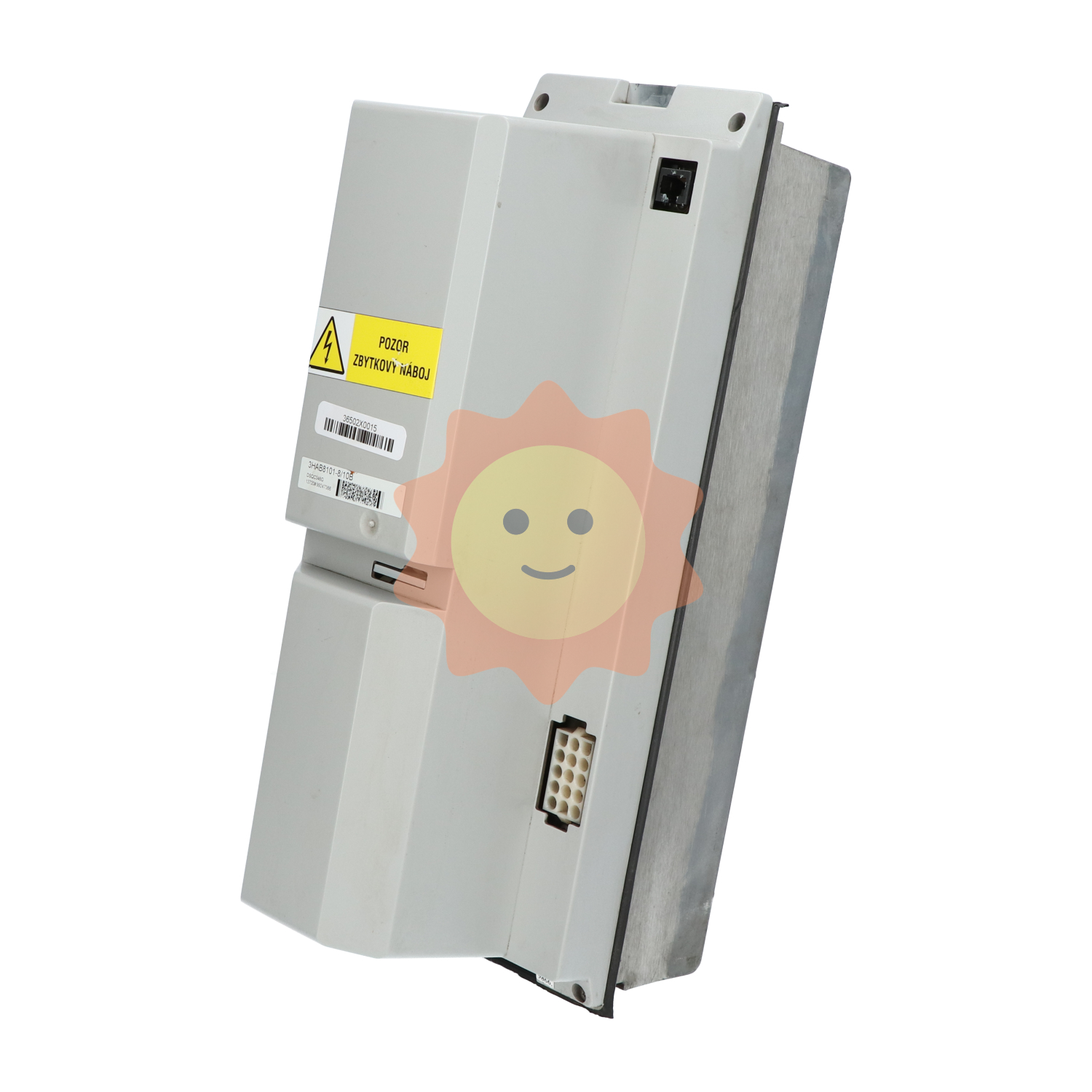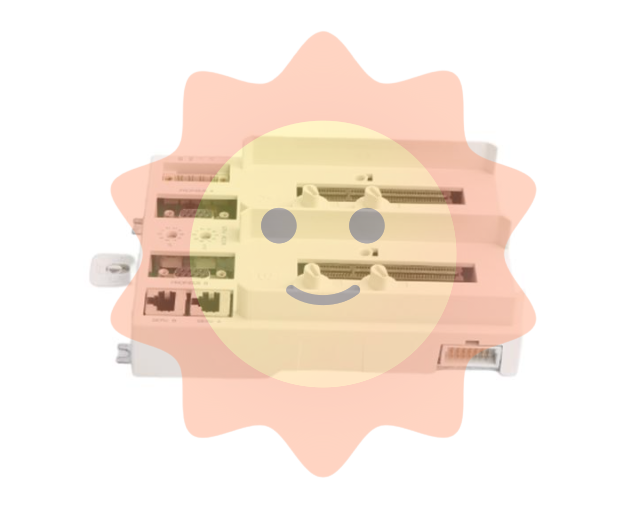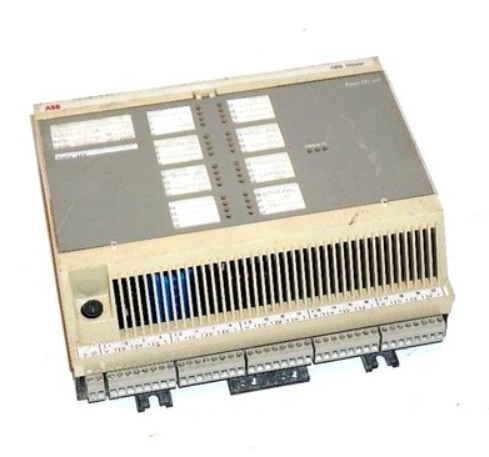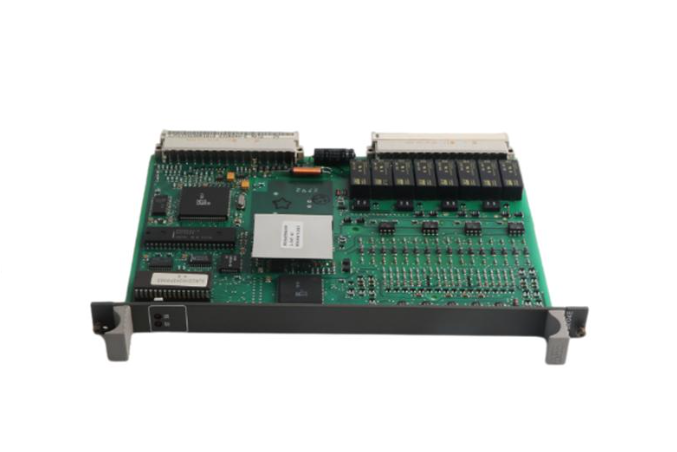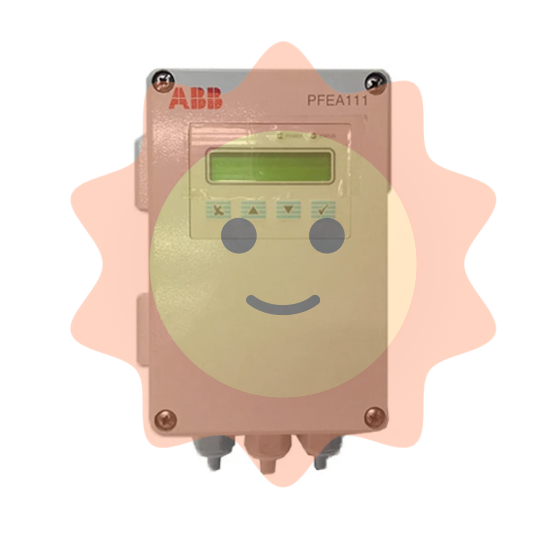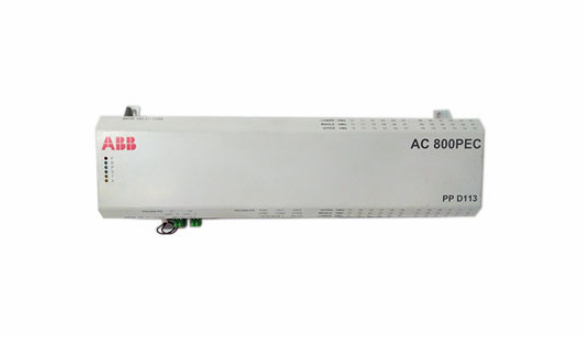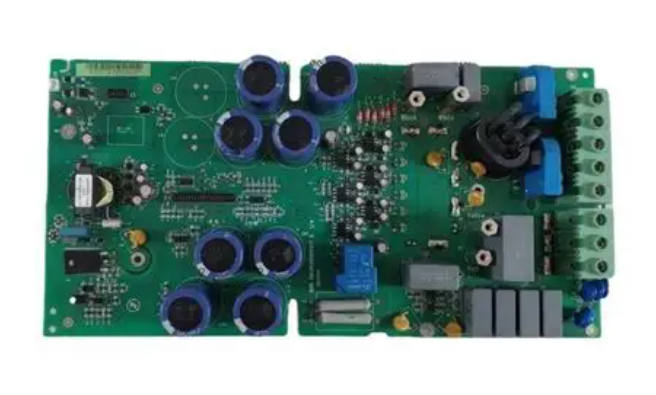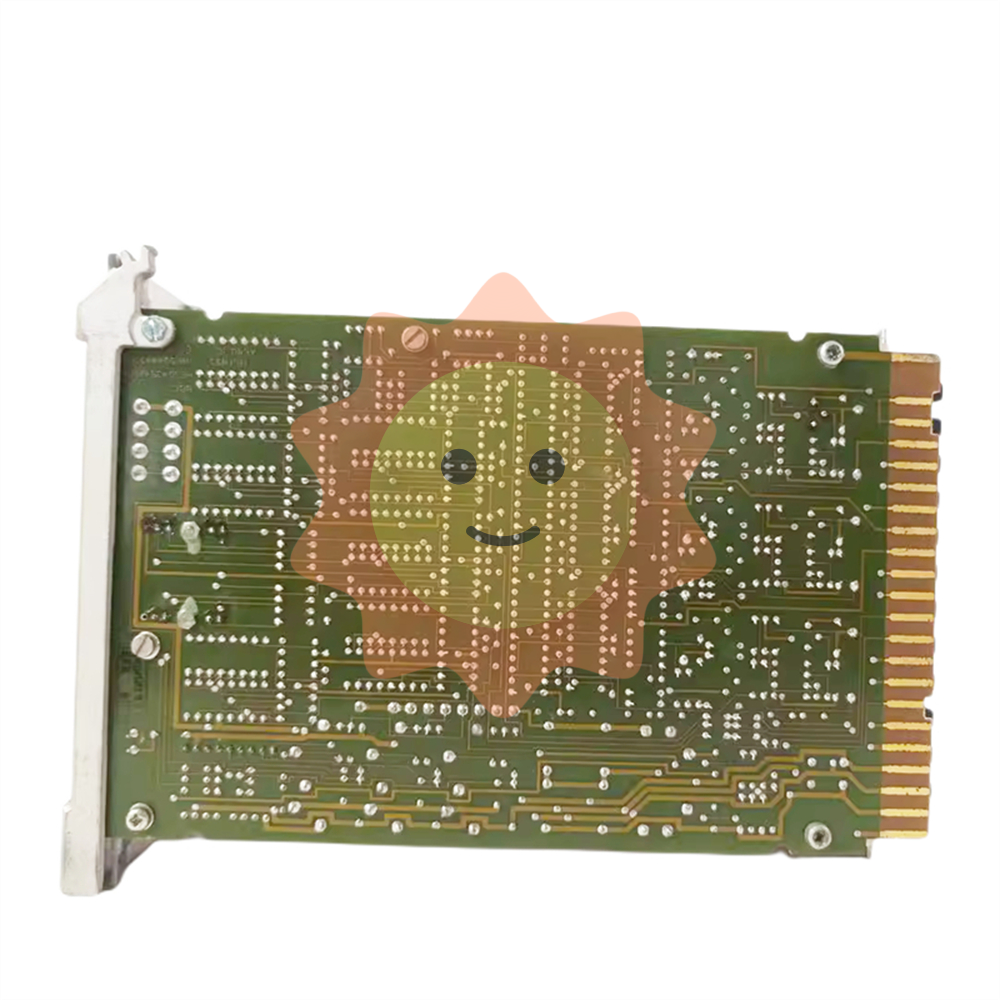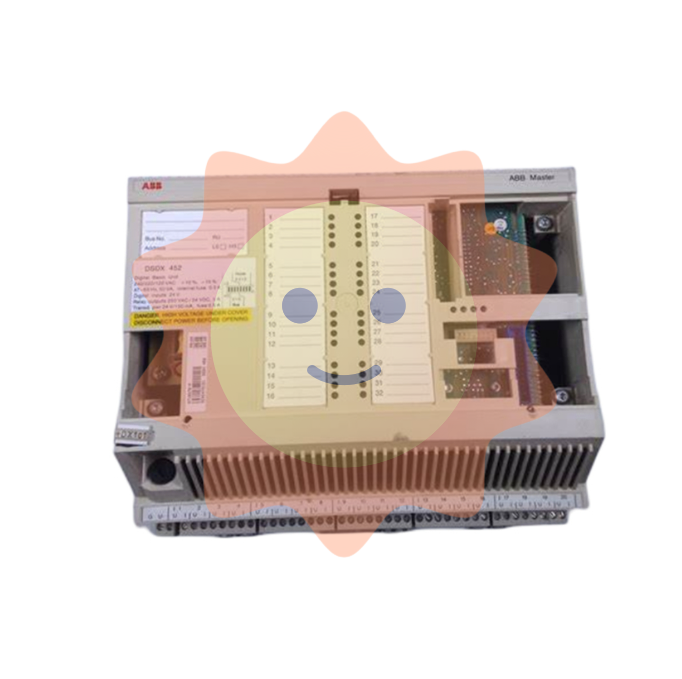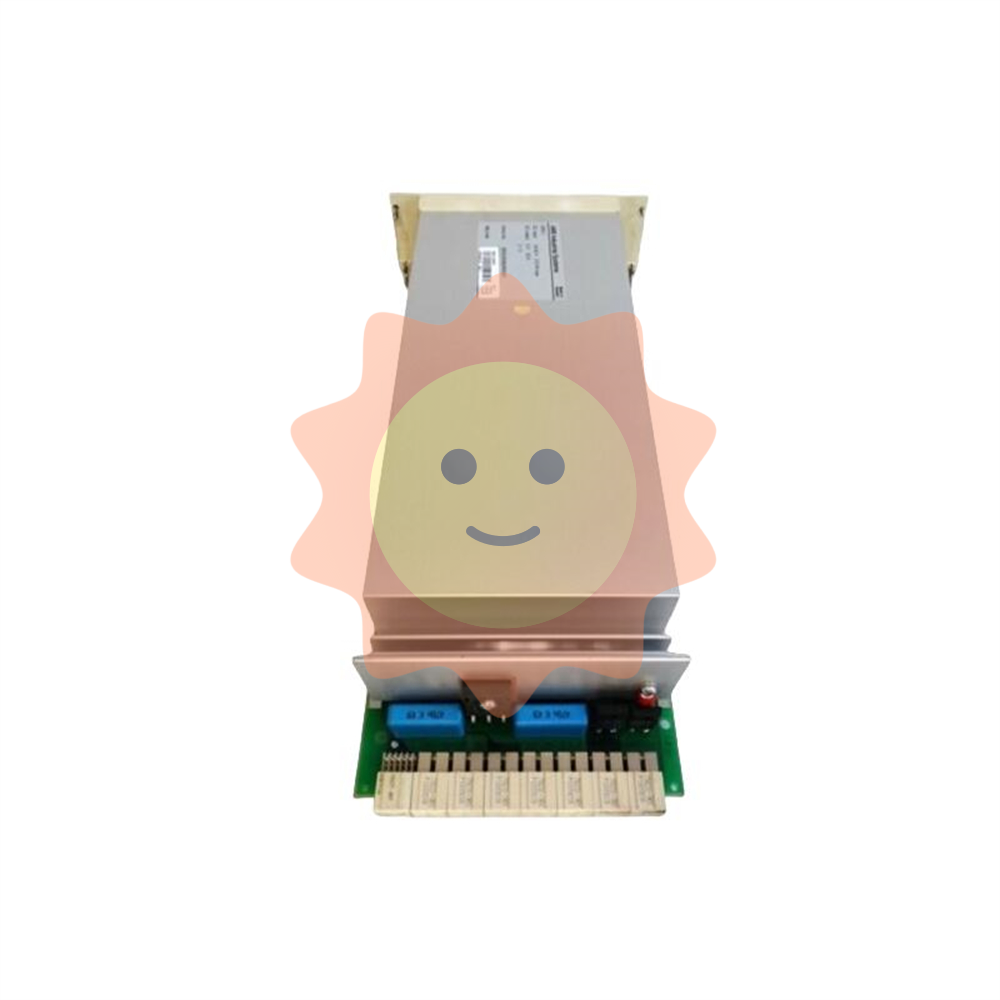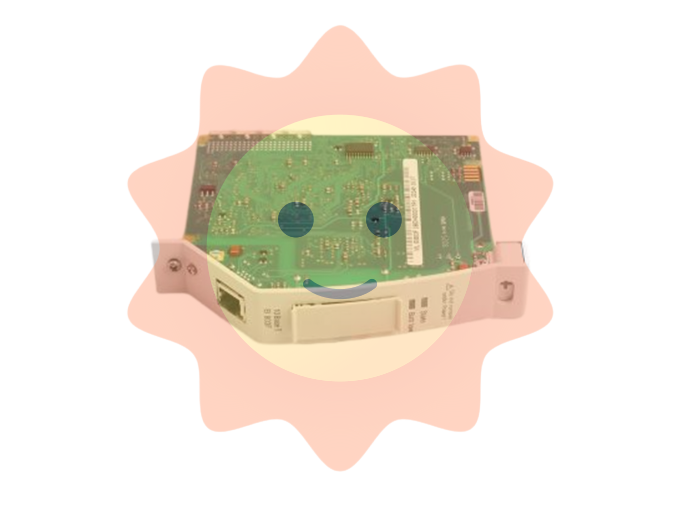Development status of hydrogen metallurgy
introduction
The concept of hydrogen metallurgy was first proposed in the 20th century, replacing carbon reduced iron ore with hydrogen will completely reduce the emissions of pollutants and carbon dioxide from the source, and is the most important way to achieve zero carbon emissions. At present, the main technical routes of hydrogen metallurgy are hydrogen rich smelting in blast furnace and gas base direct reduction shaft furnace ironmaking.
The "Hydrogen" sub-project of ULCOS (Ultra-low Carbon Dioxide steelmaking, 2004-2010) in Europe is the earliest known comprehensive research project on hydrogen-based steelmaking. The project investigated two methods of reducing iron ore by hydrogen:
The first is the reduction of fine mineral powder in a multistage fluidized bed, with hydrogen instead of natural gas, which is the only direct reduction process that uses pure hydrogen as a reducing agent, using hydrogen produced by natural gas steam reforming. The process was used commercially, but was eventually retired for economic reasons.
The second is to directly reduce iron ore pellets or lumps in a vertical shaft furnace.
01 Hydrogen rich blast furnace ironmaking technology
In terms of research on hydrogen-rich blast furnace ironmaking, China Baomu has signed the "Nuclear Energy - hydrogen production - metallurgy coupling technology Strategic Cooperation Framework Agreement" with China Nuclear Group and Tsinghua University on January 15, 2019. The idea is to use nuclear energy to produce hydrogen to achieve hydrogen metallurgy, and the goal is to basically solve the problem of coal restriction in ironmaking and reduce carbon dioxide emissions by 30%. The formation of Baowu unique low-carbon iron making technology.

In foreign countries, the technical routes of COURSE50 Iron making Process in Japan, Hydrogen Reduction Iron making Process in Posco in South Korea, and hydrogen based Iron making Project in ThyssenKrupp in Germany are all using partial hydrogen instead of coke in blast furnaces to achieve partial hydrogen reduction and significantly reduce carbon dioxide emissions.
The COURSE50 project in Japan was launched in 2008 and consists of two parts of research. The first is the blast furnace carbon dioxide reduction technology of hydrogen direct reduction iron ore, mainly including hydrogen reduction iron ore technology, coke oven gas modification technology to increase hydrogen content, and high strength and high reactive coke production technology, the goal is to achieve 10% carbon dioxide reduction. The second is the separation and recovery technology of carbon dioxide in blast furnace gas, including the separation and capture technology of carbon dioxide in blast furnace gas, the use of steel waste heat energy to separate and capture carbon dioxide, the goal is to reduce carbon dioxide by 20%. Japan's New Energy Industry Technology Development Organization (NEDO) has commissioned five companies - Nippon Steel, JFE, Kobe Steel, Nisshin Steel (merged into Nippon Steel), and Nippon Steel Engineering - to conduct the test, and is expected to reach the goal of practical use by 2030 and spread to all blast furnaces in Japan by 2050.
In addition, Germany's ThyssenKrupp plans to invest 10 billion euros by 2050 to develop hydrogen-based ironmaking technology that will inject hydrogen into blast furnaces in large quantities. In November 2019, ThyssenKrupp officially injected hydrogen into blast furnace No. 9 of the Duisburg plant for hydrogen-based ironmaking tests. Hydrogen is injected into blast furnace No. 9 through one of the tuyere, which marks the beginning of a series of tests for the project. Thyssenkrupp plans to gradually extend the use of hydrogen to all 28 tuyere of Blast Furnace No. 9. In addition, the company also plans to use hydrogen for steel smelting in all three other blast furnaces at the plant from 2022, reducing carbon dioxide emissions in production by up to 20 percent.
In August 2020, Degen and Saarsteel carried out the operation of highly hydrogen-rich coke oven gas. The company believes that the use of hydrogen as a reducing agent in future blast furnaces is technically feasible, but the prerequisite is that green hydrogen should be possessed. The longer term technical route is that if the green hydrogen can meet the demand in quantity, then on the premise of competitive cost, the future steel production in Saarland will take the hydrogen based direct reduced iron - electric arc furnace technology route. The company plans to next test using pure hydrogen in two blast furnaces.
02 Gas based direct reduction technology
The development of gas-based direct reduction technology is also remarkable. Hesteel Group and Tenion signed a contract on November 23, 2020, for the construction of high-tech hydrogen energy development and utilization projects, including an annual output of 600,000 tons of ENERGIRON direct reduction plant, which will be the world's first industrial direct reduction iron production plant using hydrogen-rich gas.

Shanxi Zhongjin Technology Group announced the ignition test of its hydrogen based direct reduced iron project on December 20, 2020, marking the official start of the industrial application stage of the hydrogen based Direct Reduced iron Project (CSDRI) process, as shown in Figure 2. CSDRI process breaks through the key technology of coke oven gas upgrading, including gas conversion and purification technology, especially low pressure deep desulfurization purification technology.
In June 2020, the GFG Alliance signed a series of agreements with the Romanian government and relevant entities, including the adoption of modern steel production technologies to significantly reduce CO2 emissions. Their plans include building a direct reduced iron plant with an annual capacity of 2.5 million tons. The plant initially used natural gas as a reducing agent, and then with the successful development of hydrogen reduction technology, hydrogen will be used as a reducing agent, and the steelmaking process will shift from converter to electric arc furnace, reducing carbon dioxide emissions per ton of steel by 80%, once the direct reduction iron plant uses hydrogen, its carbon emissions will be almost zero.
In addition to the above studies on hydrogen rich blast furnace and gas-based reduction shaft furnace, Jianlong Group Inner Mongolia Saispu has strengthened the comprehensive utilization of coke oven gas by using a new process of hydrogen based melting reduction, and put into operation a hydrogen based melting reduction project with an annual output of 300,000 tons.
03 Challenges of hydrogen metallurgy
At present, the cooperation between hydrogen energy and the steel industry is a win-win result: hydrogen energy helps steel enterprises to save energy and reduce emissions, extend business, and complete transformation, and steel enterprises provide more landing applications for hydrogen energy and promote its development. The hydrogen and steel industries are a mutually reinforcing industrial mix. However, the concept of hydrogen metallurgy is still in its infancy both in theory and practice, and it is still facing many difficulties. The biggest challenge is still the problem of low-cost hydrogen production, at present, most iron and steel enterprises to use coke oven gas as the goal of hydrogen source smelting projects, related research and development work is on the rise, hydrogen production process and hydrogen metallurgy technology calls for breakthroughs in key technologies, the future of hydrogen metallurgy still need to be explored. At the same time, hydrogen energy policies at the national level are still mainly concentrated in the field of transportation, and the development of hydrogen metallurgy technology also needs a high-altitude top-level design and policy support.
- EMERSON
- Honeywell
- CTI
- Rolls-Royce
- General Electric
- Woodward
- Yaskawa
- xYCOM
- Motorola
- Siemens
- Rockwell
- ABB
- B&R
- HIMA
- Construction site
- electricity
- Automobile market
- PLC
- DCS
- Motor drivers
- VSD
- Implications
- cement
- CO2
- CEM
- methane
- Artificial intelligence
- Titanic
- Solar energy
- Hydrogen fuel cell
- Hydrogen and fuel cells
- Hydrogen and oxygen fuel cells
- tyre
- Chemical fiber
- dynamo
- corpuscle
- Pulp and paper
- printing
- fossil
- FANUC
- Food and beverage
- Life science
- Sewage treatment
- Personal care
- electricity
- boats
- infrastructure
- Automobile industry
- metallurgy
- Nuclear power generation
- Geothermal power generation
- Water and wastewater
- Infrastructure construction
- Mine hazard
- steel
- papermaking
- Natural gas industry
- Infrastructure construction
- Power and energy
- Rubber and plastic
- Renewable energy
- pharmacy
- mining
- Plastic industry
- Schneider
- Kongsberg
- NI
- Wind energy
- International petroleum
- International new energy network
- gas
- WATLOW
- ProSoft
- SEW
- wind
- ADVANCED
- Reliance
- YOKOGAWA
- TRICONEX
- FOXBORO
- METSO
- MAN
- Advantest
- ADVANCED
- ALSTOM
- Control Wave
- AB
- AMAT
- STUDER
- KONGSBERG
- MOTOROLA
- DANAHER MOTION
- Bently
- Galil
- EATON
- MOLEX
- Triconex
- DEIF
- B&W
- ZYGO
- Aerotech
- DANFOSS
- KOLLMORGEN
- Beijer
- Endress+Hauser
- MOOG
- KB
- Moxa
- Rexroth


Email:wang@kongjiangauto.com

